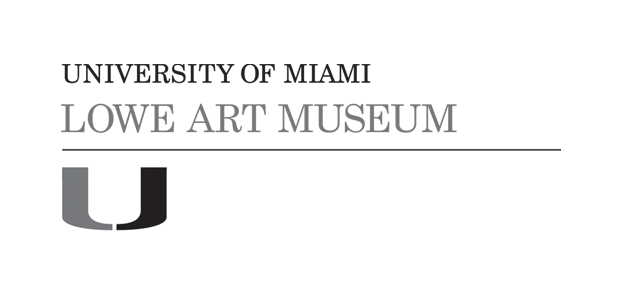Page from a Shahnama Manuscript
Artist/Maker
Artist Unknown
(Artist Unknown)
Date17th century
CulturePersian
Mediumink, gouache and gilding on paper
DimensionsSheet: 16 1/8 x 9 7/8 in. (41 x 25.1 cm)
ClassificationsInformation Forms
Credit LineMuseum purchase through the Thea Katzenstein Art Acquisition Endowment Fund
Terms
Object number2011.6.1
On View
Not on viewCollections
late 17th century















